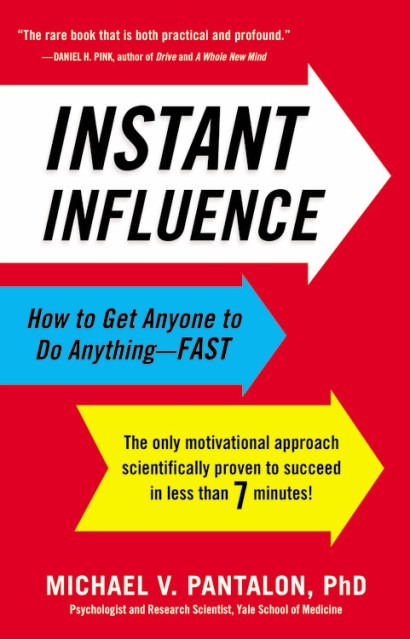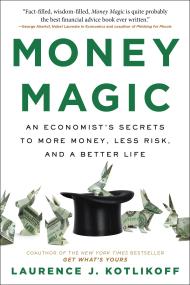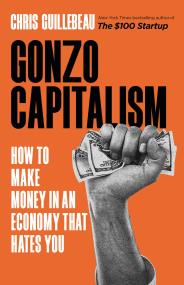Promotion
Use code MOM24 for 20% off site wide + free shipping over $45
Instant Influence
How to Get Anyone to Do Anything--Fast
Contributors
Formats and Prices
Price
$16.99Price
$22.99 CADFormat
Format:
- Trade Paperback $16.99 $22.99 CAD
- ebook $12.99 $15.99 CAD
- Hardcover $36.00 $46.00 CAD
This item is a preorder. Your payment method will be charged immediately, and the product is expected to ship on or around May 9, 2011. This date is subject to change due to shipping delays beyond our control.
Also available from:
If you want to motivate your employees to be more productive, convince your customers to use more of your products and services, encourage a loved one to engage in healthier habits, or inspire any change in yourself, renowned psychologist Dr. Michael Pantalon can show you how to achieve Instant Influence in six simple steps. Drawing on three decades of research, Dr. Pantalon’s easy-to-learn method can create changes both great and small in 7 minutes or less. This scientifically tested method succeeds in every area of work and life by helping people tap into their deeply personal reasons for wanting to change and finding a spark of “yes” within an answer that sounds like “no.”
Genre:
- On Sale
- May 9, 2011
- Page Count
- 256 pages
- Publisher
- Little Brown Spark
- ISBN-13
- 9780316178495
Newsletter Signup
By clicking ‘Sign Up,’ I acknowledge that I have read and agree to Hachette Book Group’s Privacy Policy and Terms of Use







